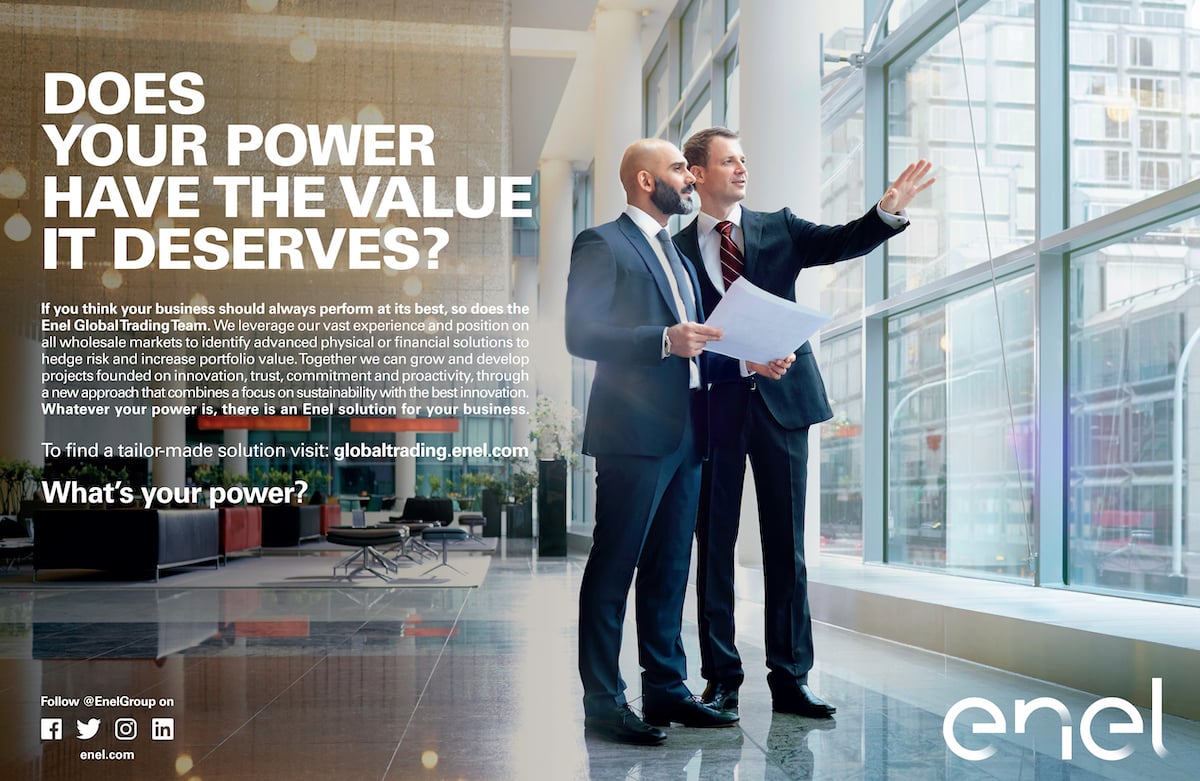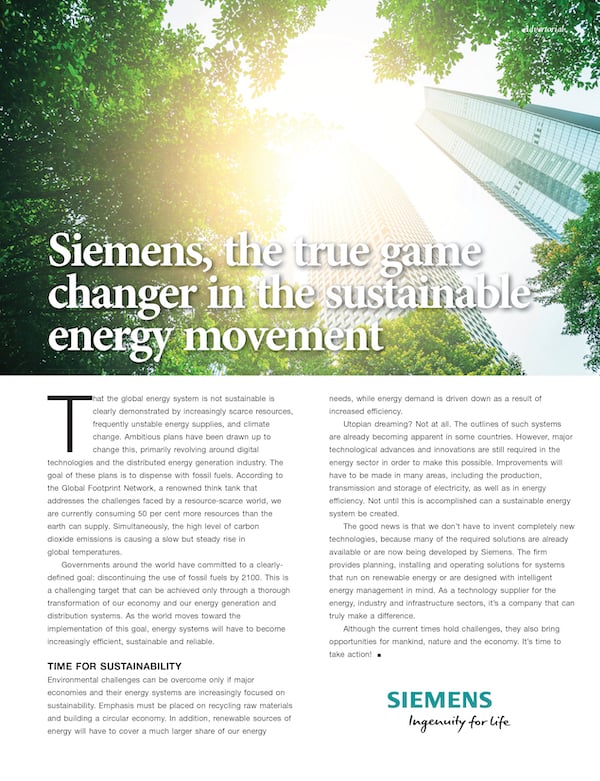Stepping up as the CEO of Enemalta, as the company emerged from a major restructure in 2018, was an honour Jason Vella was proud to take on. Promoted from within the company, this results-oriented, customer-focused electrical engineer was just what Enemalta needed to power up its game and steam ahead.
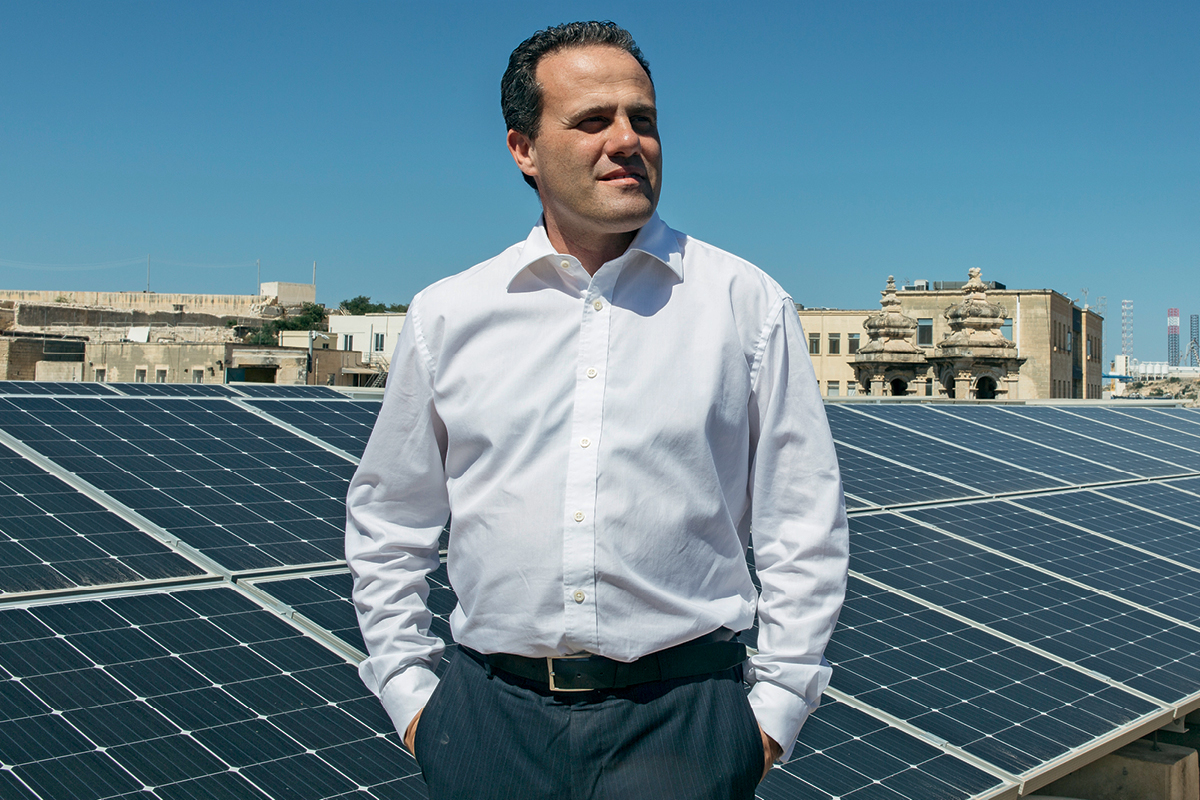
“I came in as CEO of the company right after heading the business strategy and commercial division. At that time, the company was at the onset of what we refer to as the consolidation phase, where the main aim was to sustain the financial performance of the company,” he explains.
During this transition process, there was a growing realisation that while Enemalta was to greatly focus on its role as a Distribution Service Operator, it also had to explore other business opportunities that were in demand by its major customers.
As a result, developing the network in order to meet Malta’s future demand requirements was a top priority that, Jason says, had to be seized and developed.
“There were definitely challenges. Our modus operandi needed adjustments,” he admits. “The shift towards sustainable sources of energy brought along new challenges in the management of the distribution network. At the same time, we wanted to continue focusing on a customer-centric approach. But, with these challenges, I saw the potential for serious growth.”
Jason jumped right in. He coordinated the implementation of several new investments, including industrial power engineering services to major manufacturing firms, renewable energy projects, and Enemalta’s new-at-the-time collaboration with Streamcast Technologies for the creation of a global data centre at the company’s historic underground facility in Marsa.
Thanks to Jason’s visionary leadership, Enemalta continues its transformation process. The energy company now sources electricity by way of an efficient and environmentally friendly combination of new gas-fired plants, imported electricity through the Malta–Italy Submarine Interconnector and grid-connected renewable energy sources.
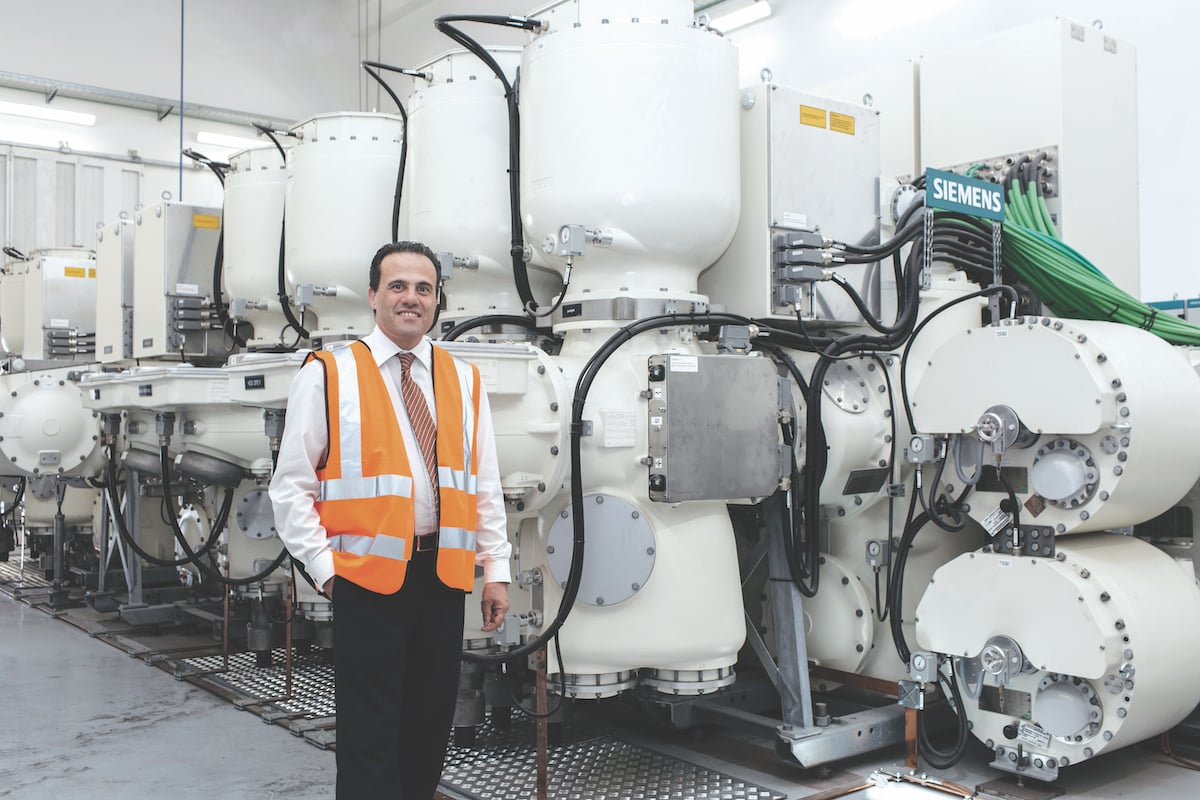
Through this evolution, Enemalta is motivated more than ever to achieve ongoing strategic objectives and fulfil its main mission statement – to provide cleaner, safer and sustainable energy solutions, while striving to meet and exceed customers’ expectations through the empowerment of its employees.
“Our employees are the people in the driving seat for delivering service. While we’re proud of employing the best skilled employees in Malta, we are actively running development programs for them,” Jason shares.
“The industry is, without exception, going through a major shift and the realignment of our employees, skills wise, is paramount. My major focus is making sure they’re enabled to provide high-quality service to our customers.”
Regarding the customer as the company’s “most important strategic partner”, Jason is doing everything in his power to make sure Enemalta delivers – and maintains – the desired quality of supply.
“Enemalta wants to be a reliable supplier to its customers – it’s what we work for on a daily basis,” he stresses. “There is no financial viability without them. First and foremost, we want them to feel satisfied with both the quality and the level of services that Enemalta delivers.”
“Enemalta wants to be a reliable supplier to its customers – it’s what we work for on a daily basis.”
For this reason, Enemalta has put reliability of the network high on its agenda. “We firmly believe that this is one of the major drivers of a positive customer experience,” Jason says. “When the inevitable happens and customers experience an interruption in their service, they expect the quickest turnaround and to be kept informed. They want us to be there when they need us.”
Using advanced software and a smart meter network, Jason says Enemalta is now in a better position to analyse demand trends, right down to the local feeder level of the network.
“This information is fed to our maintenance, reinforcement and expansion programs of all the distribution network elements. With automation, and through a state-of-the-art network control centre, we are steadily reducing restoration time.”
With the demand for electricity in Malta rising year after year, it’s more important than ever for the power company to position itself ahead of the curve.
“In the last few years, Malta’s electricity demand has been increasing at a higher rate. In fact, at the end of Q2 this year, we experienced an increase in demand of more than 6% and new service connections have soared to a staggering 17% more when compared to the same period in 2018,” Jason says.

“This higher demand correlates to the level of economic activity currently being experienced in Malta. Due to this increased activity, renewed interest in ship-to-shore supply of electricity and expansion in the industrial activity, Enemalta continuously updates its future projections and plans to ascertain that the network can sustain this higher demand. As a result, we are continuing with our investments in network reinforcement, automation and expansion as necessary.”
And that’s where sustainability and innovation come into play. Enemalta’s continued success is reliant upon them. “Our goal at Enemalta is to source electricity in a way that respects the environment and leaves the planet better than we found it, for our children,” he says.
“Our goal at Enemalta is to source electricity in a way that respects the environment and leaves the planet better than we found it, for our children.”
“As a country, we already made the bold move from Heavy Fuel Oil to LNG very much in line with our preference for clean sources of energy. The prevailing source of renewable energy in Malta is PV (photovoltaics), and we expect this to continue to be the case going forward.”
However, natural sources of energy from the wind and sun – regardless of how eco-friendly and innovative they are – cannot guarantee a stable baseload. For Jason, that’s a natural source of frustration.
“This type of energy is unpredictable. You can’t guarantee that it will be windy or that the sun will be shining, and that brings quite a bit of challenge,” he says.
“However, with the number of challenges comes an abundance of opportunities. We are studying how we can exploit the development of new technologies such as battery storage, Artificial Intelligence and blockchain, to render renewable energy an even more viable alternative in the future.”
And, it’s a huge step in the right direction. Electrification of transport is one area that Enemalta is actively preparing for.
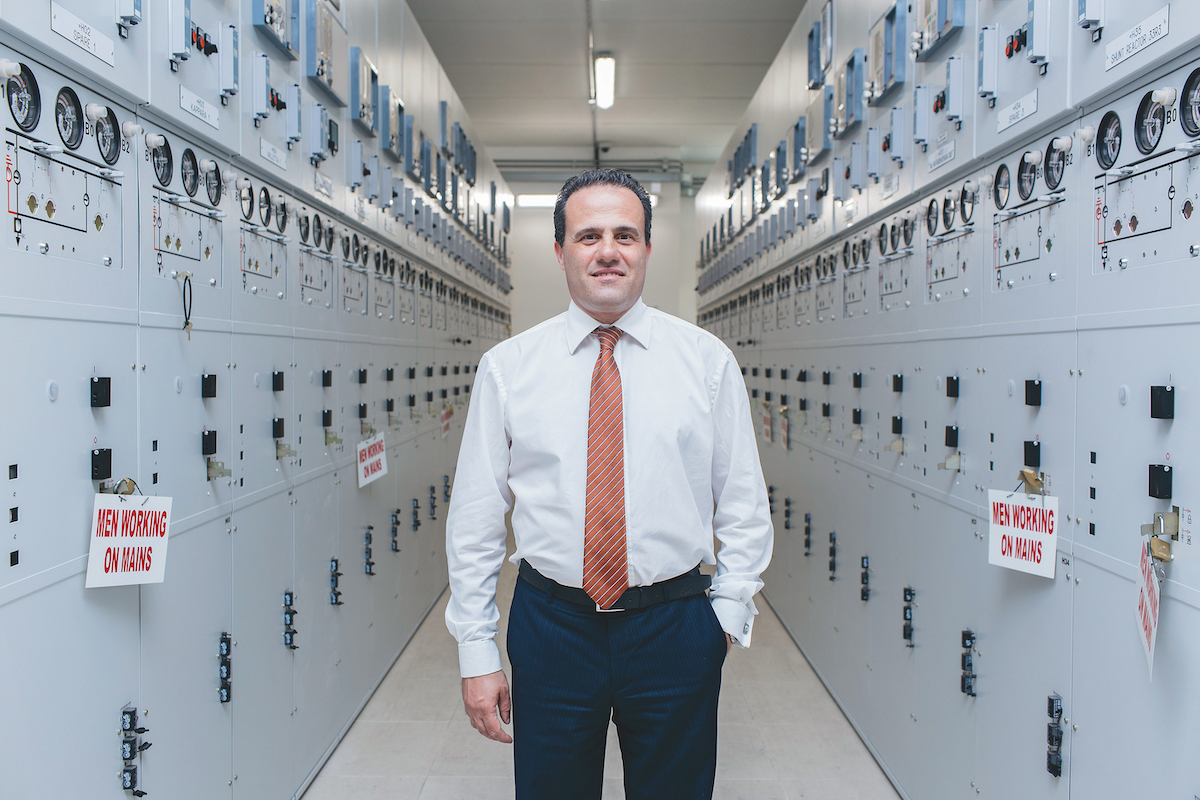
While addressing CO2 emissions, which presently are intrinsically linked to the internal combustion engine vehicle usage on this small island country, Enemalta is engineering new ways to keep up with the increased demand on the power grid.
“We are making the necessary adjustments to our current plan to have enough to power this initiative,” Jason says.
“Technology itself is an enabler. It’s of utmost importance that we are able to manage the demand and supply as best as possible. There is a lot of work going on right now in that area to ensure we are well positioned for the future.”
It’s possible that Malta, with this technology, could be the first European country running its cars on electricity. Dr Joseph Muscat, Prime Minister of Malta, recently announced that a special tariff will be given to those who buy electric cars and charge them at home during particular hours.
“There are various aspects to EV (electrical vehicle) charging at home, but we are treating this opportunity from three main angles – technical, financial and analytical,” Jason explains. “Our first aim is to ascertain that EV owners can charge their car reliably at any time of the day they wish.”
However, Jason goes on to say that it’s desirable, from a peak demand management perspective, that the bulk of the charging takes place during off-peak hours.
As a result, Enemalta is designing a competitive tariff aimed at EV charging at home during these hours. “The implementation of this project will be accompanied by extensive analytical software tools which will help us to effectively manage this project and provide the necessary information to aid in the future planning of the distribution network and product development.”
As technology continues to evolve, so do Enemalta’s partnerships. These collaborations work to achieve both what’s good for the industry as a whole as well as what’s good for Enemalta’s customers.
Jason’s three tips fora successful strategy:
- Accompany every strategy with a clear and ambitious plan with defined targets;
- Communicate the plan and the target to the widest possible audience within the organisation;
- Communicate regularly and clearly your achieved results, lessons learnt and any necessary adaptation of the plan going forward; they are as important as the execution of the strategy.
“Technology plays an important part in our relationships with our suppliers and trading partners, and these are built around a concept of mutual cooperation,” Jason says. “Our suppliers are very much in tune with our requirements.”
Jason credits key teachings from his professional history with much of his leadership success today. “My approach is to have a listen-to-everyone, nothing-is-impossible and continually-challenge-the-status-quo way of leadership,” he says. This is a method Jason uses when he takes a personal interest in following examples of customer-concern cases.
“My approach is to have a listen-to-everyone, nothing-is-impossible and continually-challenge-the-status-quo way of leadership.”
He also utilises this approach when he makes it a point to meet with every employee at least twice every year to provide them with feedback, and receive theirs.
“This way, I can get a better feel of the expectations and performance of the organisation,” he explains. “This is how I can identify opportunities for improvement. This propagation of a can-do attitude coupled with the right level of empowerment – especially at the management level of the organisation – regularly generates the best and most sustainable results for the companies, stakeholders and customers that I work for.”
Proudly supported by:
